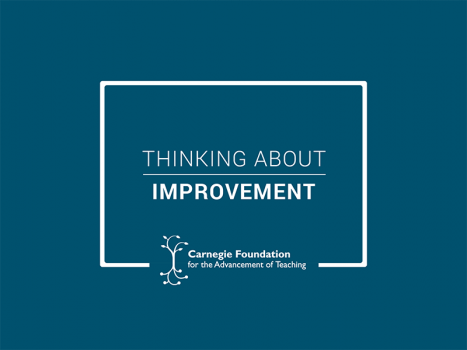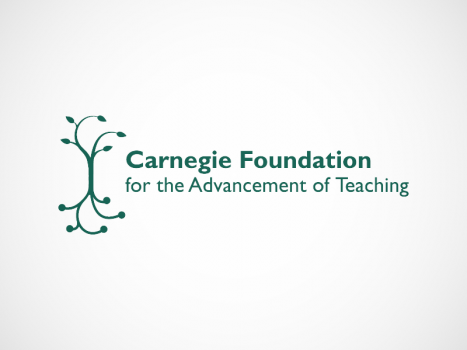Pathways Update: Good News from the Campuses
Good News from the Campuses
We now have 30 colleges participating in our two networked improvement communities—22 in Statway™ and eight in Quantway™. There are 1200 students enrolled in 60 sections of Statway™, and Quantway goes live in classroom beginning in January. Over 80 faculty members are now network members, all of whom have participated in some fashion in co-developing the materials with us and are beginning to engage in improvement projects seeking quality at scale.
The news coming from the Statway™ campuses is heartening, as is the reception from other sectors. From focus groups of the students on the campuses we’ve gotten comments that indicate that our work in productive persistence is having the effects we had hoped. As David Yeager posted here recently: “We recognize that in addition to pedagogical improvements, student motivation, engagement and skills must also be attended to. Keeping these factors in mind, Carnegie’s new math pathways include specific activities, support systems, and pedagogical approaches designed to encourage and build these skills and mindsets in order to increase a student’s self-efficacy, motivation, persistence, and ability to navigate college.”
Statway™ students are telling us that math and statistics are more interesting than the math they had before. They are less anxious and more likely now to believe that with hard work, they too can learn math. For example, we’re hearing things like, “It’s real world math. It’s realistic.”
Another student told us: “I just never really went past the basic math in high school. Then I went to college and just bombed it, never understood it. And it’s just very refreshing to be—not only grasping it—to actually be interested in math.” And another student said, “… We actually read an article about how we can learn math, in the statistics class—like how to grow your brain and stuff like that. … It kind of gave me hope. It was something that we did at the beginning of this quarter. … I was like, ‘Okay, I can grow my brain.’”
Faculty members too are saying that the content is resonating with their goals for the class. Some who were doubtful when we first met a year a half ago, have showed up as faculty leaders within these communities. As one faculty member put it: “All of my comfort zones are deeply threatened, but it is like the comfort zones were exactly what has been wrong. The whole system is set up to protect us from being challenged to improve. …”
Statway™ In the News
“Statway, created by the Carnegie Foundation for the Advancement of teaching is a promising approach to remedial mathematics education. Built on the premise that statistics, data analysis and quantitative reasoning are essential for a growing number of occupations and professions.”
—The Hidden Costs of Community Colleges, American Institutes for Research, October 2011
A recently released report from the American Institutes for Research (AIR) found that nearly $4 billion was spent by federal, state, and local governments over five years on full-time community college students who dropped out after their first year without completing their certificate or degree programs. About a fifth of full-time students who enroll at a community college do not return for a second year. According to the report, for the 2008/2009 academic year, the most recent year for which data are available, nearly $1 billion of taxpayer money was spent on first-year, full-time students who dropped out, about 35 percent more than five years earlier. Mentioned in the report were initiatives that were attempting to address the completion rate of students in community colleges and Statway™ received a nod as a promising approach.
October 11, 2011
For many years, educational researchers have worked with program designers and implementers in pursuit of what has been called fidelity of implementation. Simply put, this has involved the application of numerous tools and procedures designed to ensure that implementers replicate programs exactly as they were designed and intended. There is…
December 6, 2011
In a keynote address at the annual meeting of the Association of Community College Trustees in Dallas recently, Carnegie President Tony Bryk outlined for the Trustees how Carnegie is using improvement research in our work to improve the success rate of students in developmental math. “We need to rethink how…






